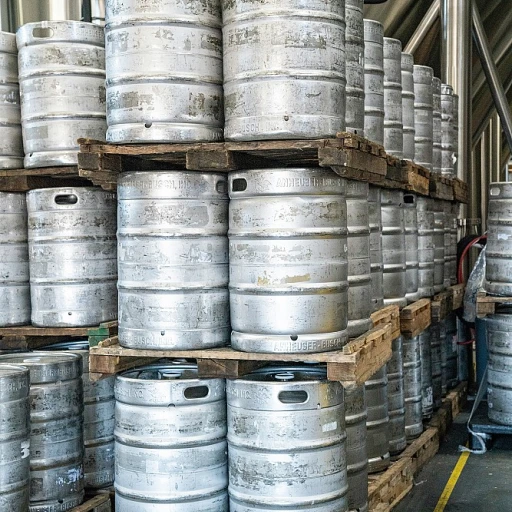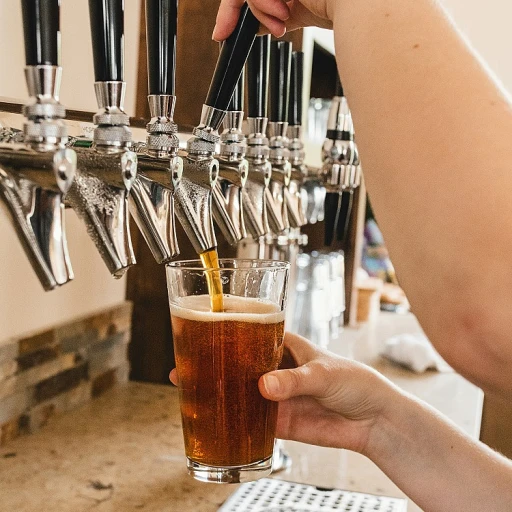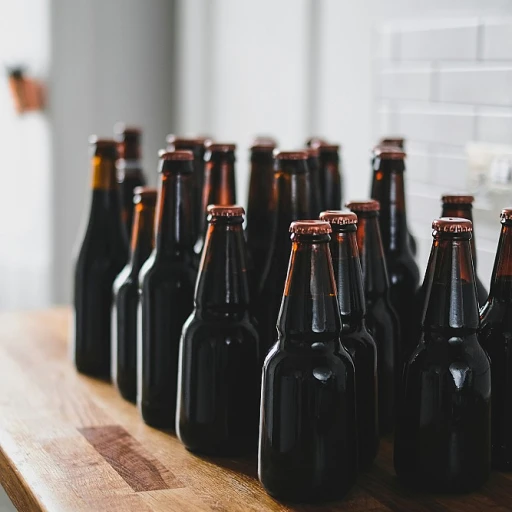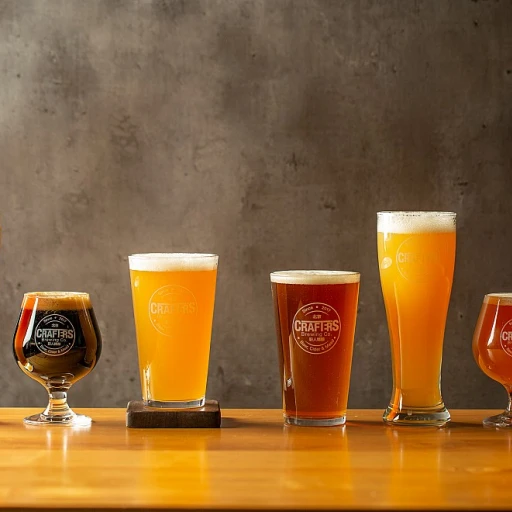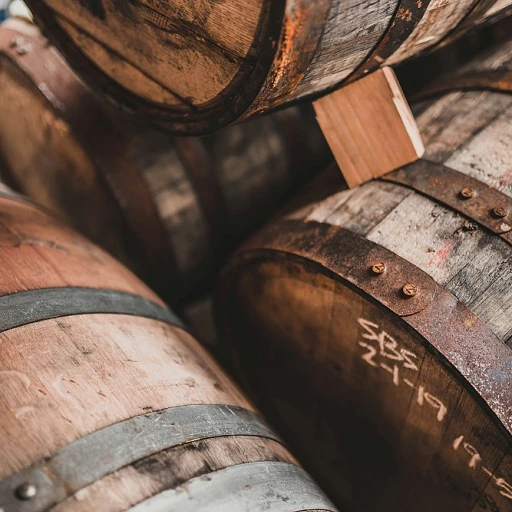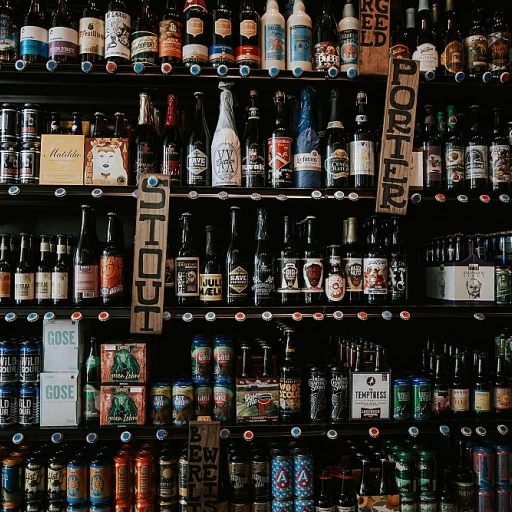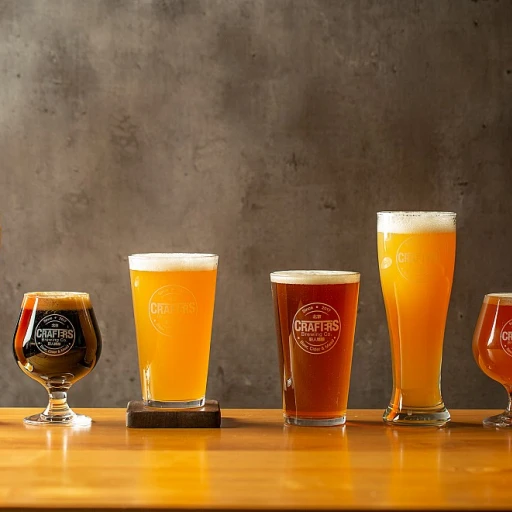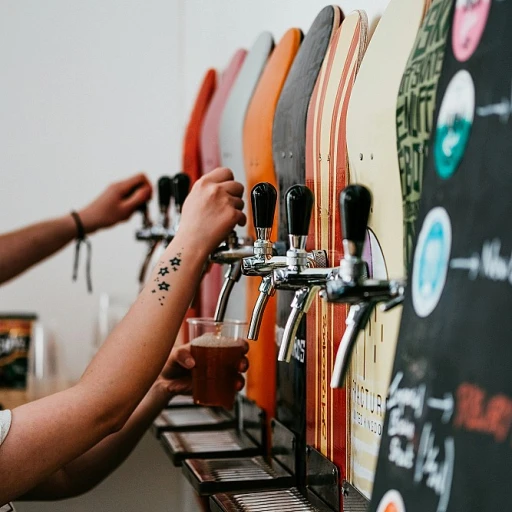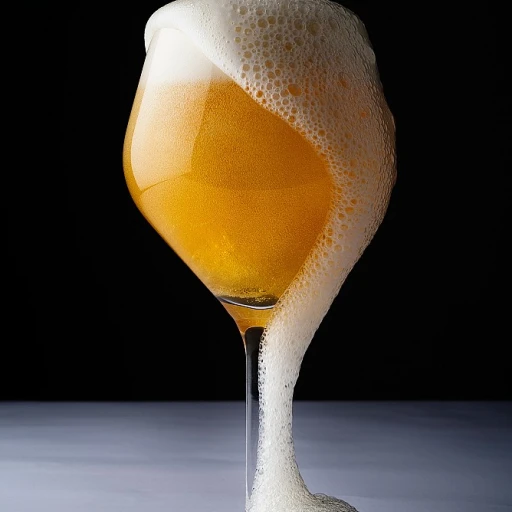
Understanding the Basic Keg Components
Getting to Know Your Keg
When diving into the world of kegging, understanding the basic components of a keg is essential. These parts work harmoniously to deliver a smooth flow of your favorite brew, ensuring every pour is perfect. Let’s break down the essential parts of a keg to help you get started.
- Body: The main structure of the keg, typically made of stainless steel, is responsible for housing your beer under controlled pressure. Its durable nature makes it a staple in the industry.
- Inlet and Outlet Valves: Two key components allowing CO2 to enter the keg and beer to exit. The pressure from CO2 ensures your beer stays fresh and carbonated.
- Dip Tube: Located inside the keg, this long tube transports beer from the bottom to the valve, ensuring every last drop is utilized.
- Pressure Release Valve: A safety feature to ensure the keg doesn't get overly pressurized, this valve can be used for manual pressure adjustment when needed.
- Lid: Featuring a secure seal, the lid is removed when filling or cleaning the keg. High-quality lids ensure that no gas escapes, maintaining carbonation and flavor.
By examining these components, you not only appreciate their individual roles but also how they work together to create the perfect keg experience. Venturing further, understanding specialized locks and couplers will enhance your kegging proficiency. Dive deeper into the artistry and design of beer creation by reading more about the brewing process.
The Role of Ball Locks and Pin Locks
The Interplay of Ball Locks and Pin Locks
Understanding the mechanics of kegs involves getting familiar with the significance of ball locks and pin locks. These essential components are not just about securing your keg but play a critical role in achieving that perfect pour every time.- Ball Locks: These are the most common type used in homebrewing setups. They utilize a ball-shaped mechanism to lock into place, providing a secure connection for your gas and liquid lines. This ensures efficient flow and minimizes the risk of leakage.
- Pin Locks: Although less common than their ball lock counterparts, pin locks are equally effective. They use pins to secure the fitting, which some users find simpler to manage. It's essential to understand the difference if you're setting up your system, as these components are not interchangeable.
Exploring Keg Couplers and Their Functions
The Importance of Choosing the Right Coupler
Keg couplers are a vital component in the draft beer system, functioning much like a key to unlocking the liquid gold stored within your keg. They marry the compressed gas input to the draught beer output, playing a key role in the efficient pouring of your favorite brew. Choosing the right coupler ensures that your beer comes out fresh and with the right level of carbonation.
A Closer Look at Different Coupler Types
Understanding the different types of keg couplers can seem daunting, but it’s actually straightforward once you break down the specifics. There are several styles designed to empower seamless connections with the various keg systems:
- A system: Predominantly used with German kegs, this style is known as the "German Slider" due to its unique design.
- D system: The most common U.S. coupler, often referred to as the "American Sankey," and compatible with a vast selection of domestic kegs.
- S system: Closely related to the D system but designed to work with certain European kegs.
- M system: Less common but notable for its use with specific German and English ale kegs.
Choosing a coupler should align with your keg type, ensuring a perfect fit for the optimal beer experience. When diving into the world of draught beer systems, the array of kegs and beers available will certainly influence your choice of coupler.
Integration with Complete Systems
Having compatible couplers as part of your setup is one aspect of maintaining an efficient dispensing system. Their functionality directly ties into how well your tap, regulator, and other components operate cohesively. Investing in quality, reliable couplers can make a discernible difference—offering ease of operation and longevity to your draft beer setup.
Above all, understanding the best coupler for your specific needs, much like pinpointing the correct ball lock or pin lock (covered elsewhere), sets the foundation for an excellent pouring experience. The marriage of these elements ultimately leads to an unparalleled beer serving ritual that any enthusiast will appreciate.
Maintaining Your Keg: Replacement Parts and Kits
Ensuring Your Keg Stays in Top Condition
Maintaining a keg's performance is essential for any beer enthusiast. Regular upkeep not only ensures a consistent pour but also extends the life of your equipment. Here’s what you need to know about managing replacement parts and maintenance kits for your keg.- Inspect O-rings and Seals: These small components are vital for preventing leaks and maintaining the integrity of your keg's airtight seal. Over time, O-rings can become worn or damaged, so it's crucial to check them regularly and replace them when necessary.
- Evaluate Gaskets and Poppets: A seamless seal between keg components is maintained by gaskets and poppets. Regularly assessing their condition can help you identify any wear and tear early on. Replacing them as needed will ensure your keg operates smoothly.
- Clean Dip Tubes and Keg Walls: Regular cleaning is a must to avoid contamination. Ensure that dip tubes and the interior walls of your keg are residue-free. There are specialized cleaning kits available to make this process more efficient.
- Monitor Ball Lock and Pin Lock Parts: These locking mechanisms are essential to the keg's function, and regular inspection can prevent potential failure. Replacement parts are widely available and easy to install.
- Have a Toolkit Ready: Investing in a basic keg maintenance kit can save you time and trouble. These kits typically include replacement seals, gaskets, and the tools needed for installation, ensuring you're prepared for any quick fixes.
Shopping Tips: Finding the Best Keg Parts for Sale
Factors to Consider When Shopping for Keg Parts
When searching for the perfect keg parts, it's crucial to keep a few key factors in mind to ensure you're getting the best equipment for your brewing or serving needs.- Compatibility: Ensure the parts you're purchasing are compatible with your specific keg system. Check whether your keg uses ball locks or pin locks to avoid any mismatch.
- Material Quality: Opt for parts made from durable materials, such as stainless steel, to ensure longevity. High-quality materials can withstand frequent use and cleaning.
- Brand Reputation: Trusted brands often offer more reliable products. Research customer reviews and ratings to gauge satisfaction and performance.
- Ease of Installation: Consider how easy it will be to install or replace the parts. Kits that come with instructions can make the process smoother, especially for novices.
- Warranty and Support: Opt for parts that come with a warranty, as this provides an added layer of protection against defects. Additionally, check if the manufacturer offers customer support for troubleshooting.
- Price: While it's essential to invest in quality, it's also important to stick within your budget. Compare prices from different suppliers to ensure you're getting good value without compromising on quality.


